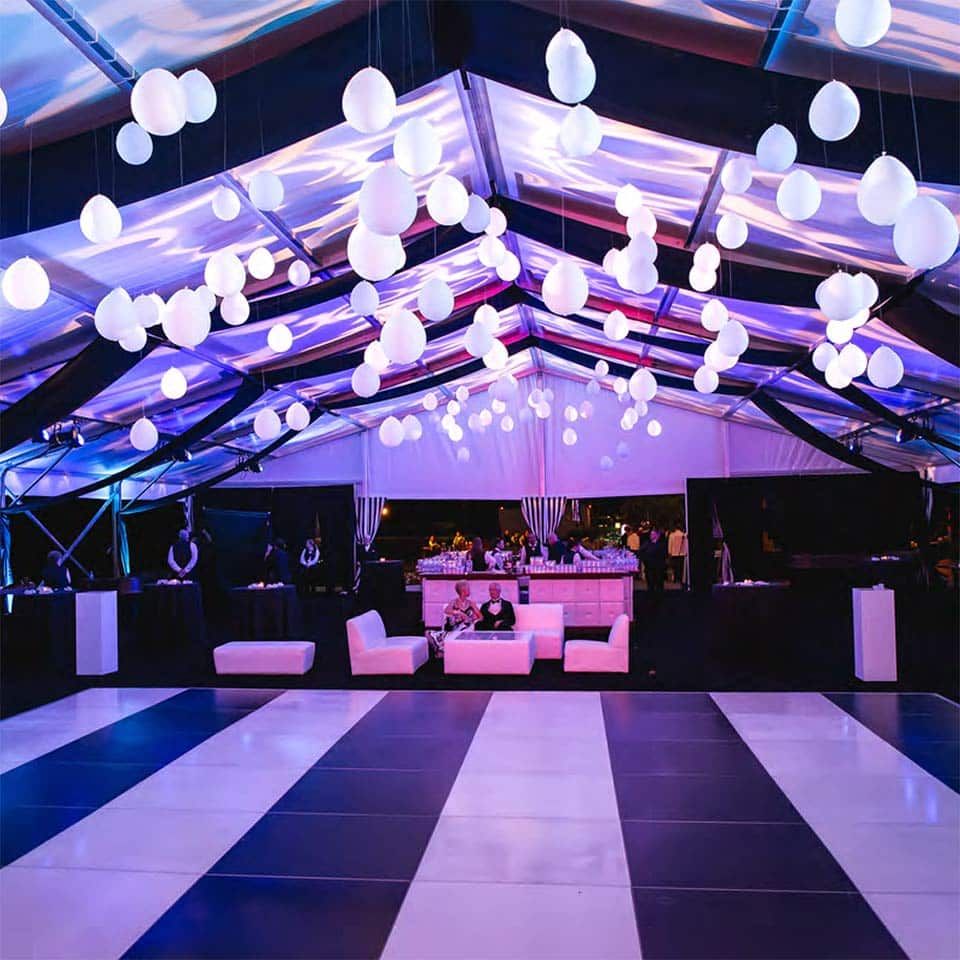Brightening Ingenuity Through Hue Principles in Light Emitting Diode Dance Platform Layouts
Brightening Ingenuity Through Hue Principles in Light Emitting Diode Dance Platform Layouts
Blog Article
Color concept represents an important element of design, especially when it relates to designing LED dance surfaces. The interplay of colors can significantly affect the mood and vibe of a venue. By grasping how colors work together, creators can create an environment that enhances the overall encounter for participants. This article explores the fundamentals of hue theory and its application in light-emitting diode dancing floor layouts.
The main hues are crimson, azure, and golden. These hues cannot be be made by blending other colors together. Secondary colors, such as green, tangerine, and violet, are created by mixing primary colors. Tertiary colors are formed by combining a main hue with a intermediate hue. Grasping these fundamental connections helps creators select colors that complement one another and create a aesthetically appealing display. Combining these colors on an LED dancing surface can result to dynamic and exciting effects that attract the focus of participants.
Hue value also holds a crucial role in aesthetics. Hues can be classified as hot or chill. Warm colors, such as red, tangerine, and yellow, tend to evoke feelings of enthusiasm and heat. In opposition, cool colors like blue, green, and violet often generate a serene and tranquil article source atmosphere. Designers can use these hue temperatures to set the ambiance for various types of events. For instance, a celebration environment may benefit from warm colors that invigorate the audience, while a further calm event might use chill hues to offer a soothing influence.
In furthermore to color combinations and value, luminosity and intensity are vital elements to consider. Brightness denotes to how light or dim a hue appears, while saturation measures the intensity of a hue. Vivid, intense colors can create a lively and lively environment, ideal for dance floors. On the other hand, softer, lower intense colors can create a more muted environment. Through adjusting brightness and saturation, creators can attract attention to specific areas useful link of the dancing surface or establish visual routes, leading dancers through the space.
Ultimately, it is essential to consider the psychological effects of hue in LED dance surface layouts. Different colors can elicit different feelings and reactions. For instance, crimson is frequently linked with zeal and vitality, while blue can be soothing and peaceful. Understanding these associations enables designers to tactically apply colors to influence the actions of participants. Through incorporating hue theory into light-emitting diode dancing floor designs, designers can improve the overall encounter, making it unforgettable and pleasurable for all involved.